Luisa Miller (Opera Australia) ★★★★1/2
The gestation of some of Giuseppe Verdi's operas was more tumultuous than his often twisted plots. Luisa Miller – which is now being seen in Sydney prior to a shorter season in Melbourne – was as fraught as any of them? Salvatore Cammarano owed the Teatro San Carlo in Naples a libretto, and when he tried to renege the Neapolitans threatened him with incarceration. Verdi somewhat reluctantly agreed to help his colleague. After some indecision they settled on Schiller's play Kabale und Liebe (Intrigue and Love) of 1784. Verdi, a lifelong admirer of the German playwright, had already adapted two of his plays – Giovanna d'Arco (1845) and I Masnadieri (1847). There would be a fourth in 1867 – Don Carlo, considered by many to be his masterpiece.
Verdi, rarely content in Naples and always temperamental when creating his operas, was soon at odds with San Carlo, which threatened to have him imprisoned if he tried to leave Naples. Incensed, Verdi announced that he would board a French warship in the bay and seek protection from the French. Finally, the opera was premièred in Naples on 8 December 1849.
Continue reading for only $10 per month. Subscribe and gain full access to Australian Book Review. Already a subscriber? Sign in. If you need assistance, feel free to contact us.



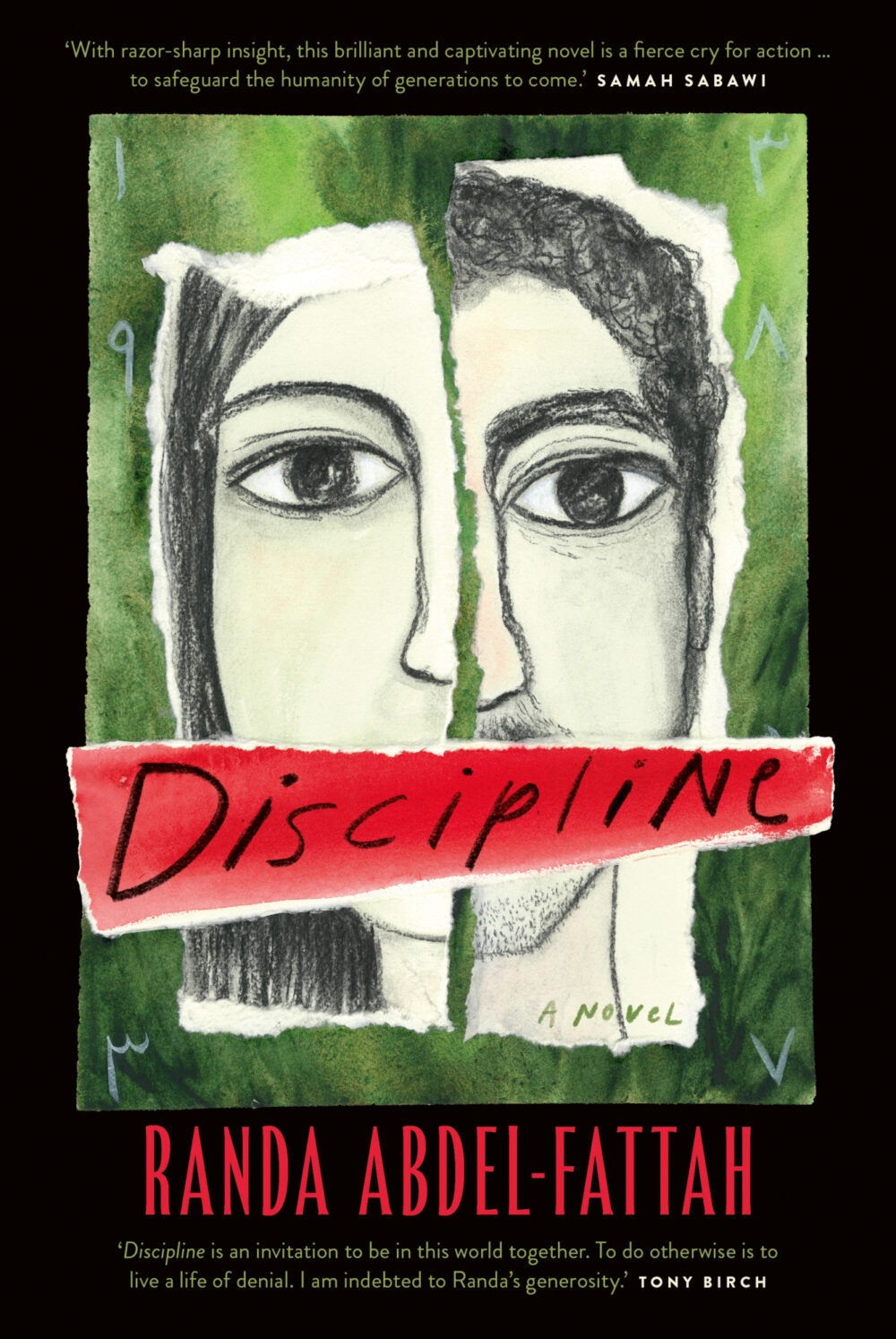

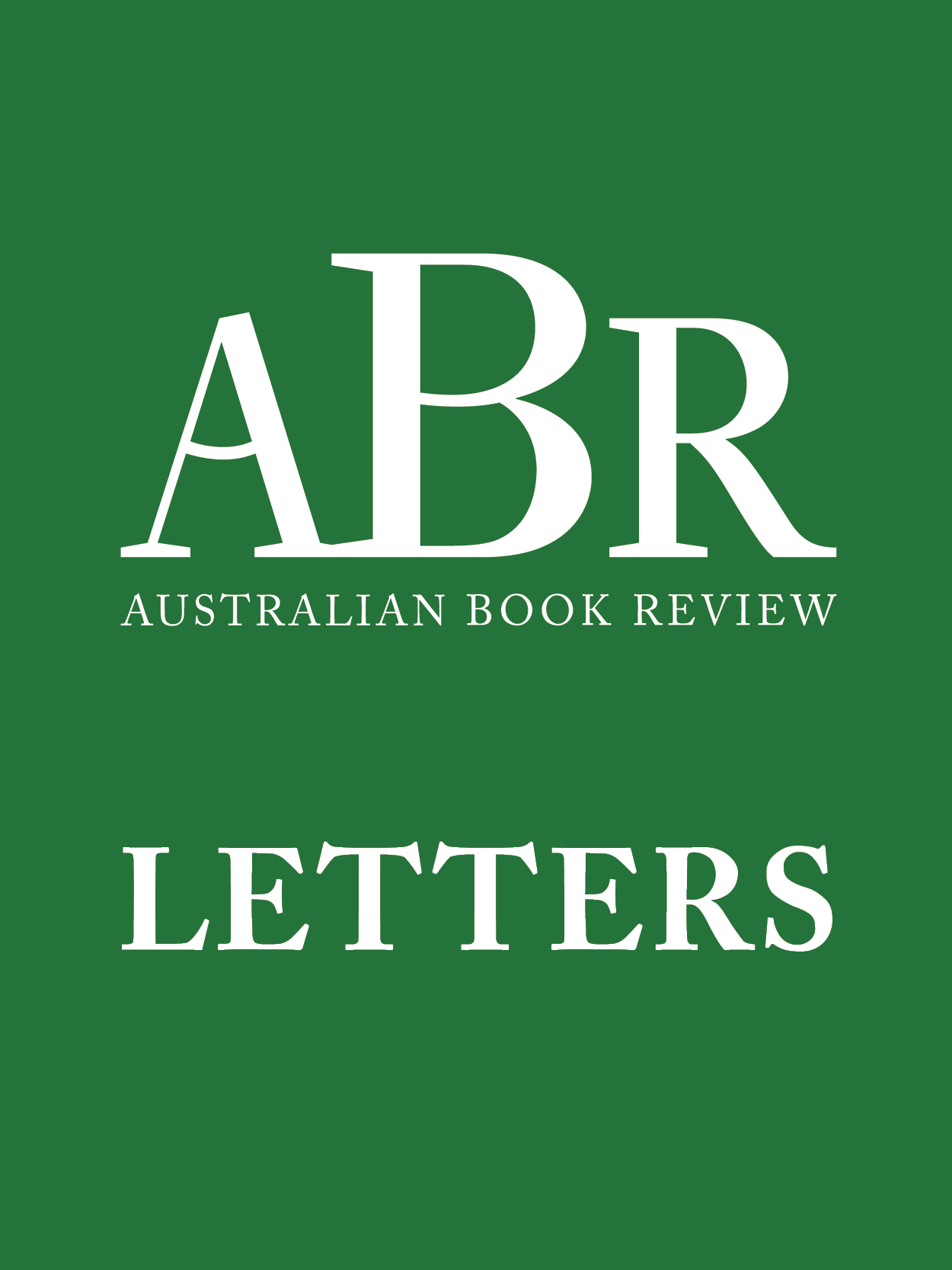
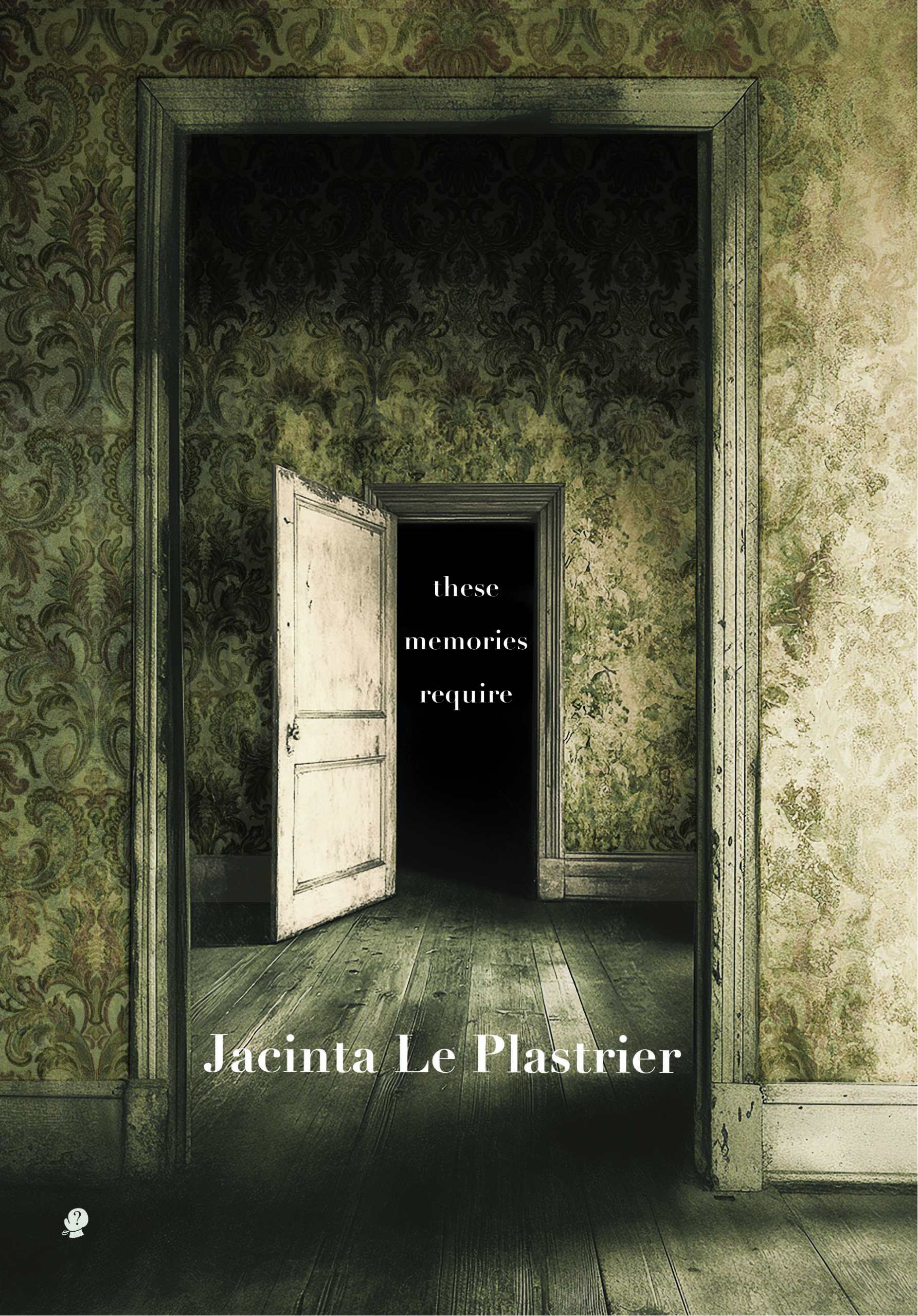
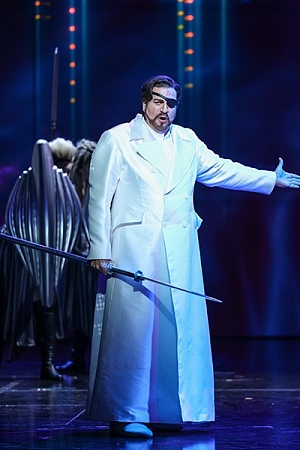
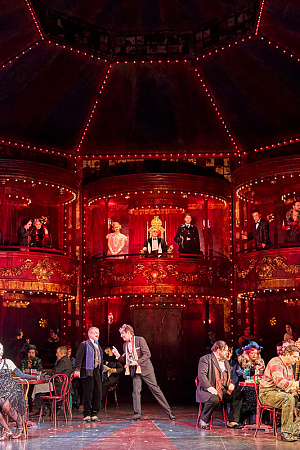
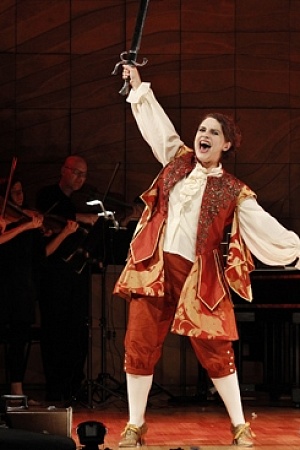
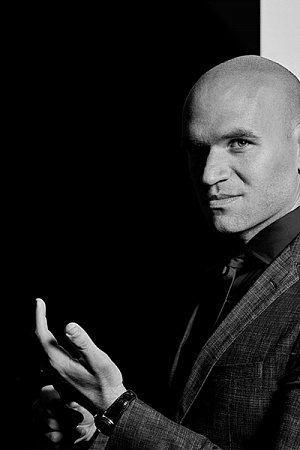
Leave a comment
If you are an ABR subscriber, you will need to sign in to post a comment.
If you have forgotten your sign in details, or if you receive an error message when trying to submit your comment, please email your comment (and the name of the article to which it relates) to ABR Comments. We will review your comment and, subject to approval, we will post it under your name.
Please note that all comments must be approved by ABR and comply with our Terms & Conditions.